A Guide to Helping Baby Birds
You can’t deny it: Baby birds are absolutely adorable.
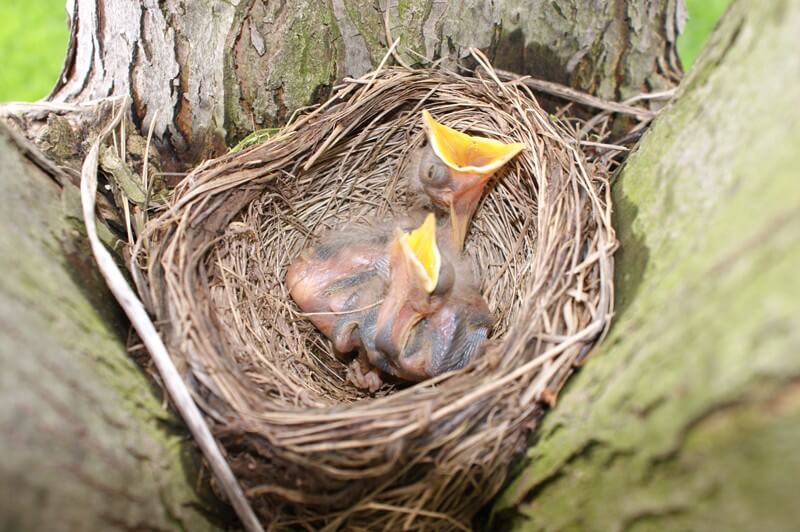
They’re fuzzy, teeny-tiny, and oh-so-tempting to pick up and take home if you see them hanging around by themselves.
However, sometimes people accidentally harm birds by “saving” them when they don’t really need to be saved. Check out these facts about baby birds in order to determine whether or not one actually needs help!
Fledglings: The Basics
Fledglings are young birds who have emerged from their nests and are learning to fly.
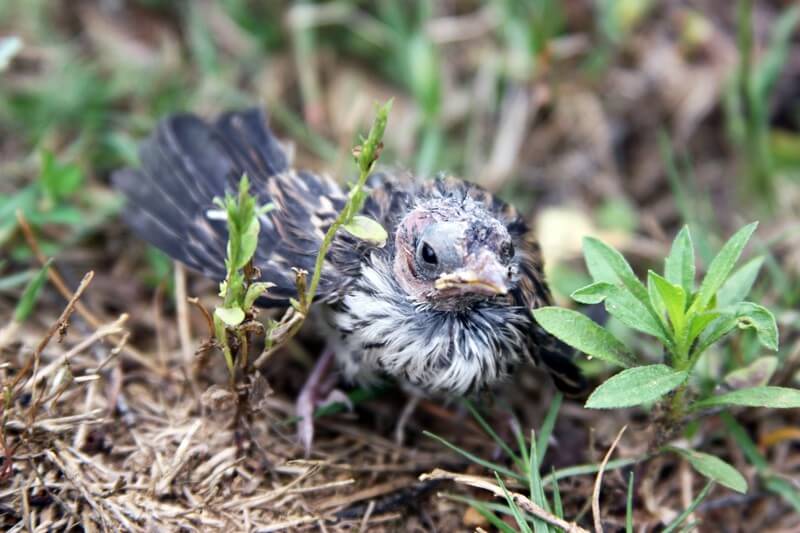
If healthy, they can stand up straight and will tuck their wings tightly to their bodies. They have a mixture of fuzzy down (or soft feathers) and adult feathers, with typically very short tail feathers.
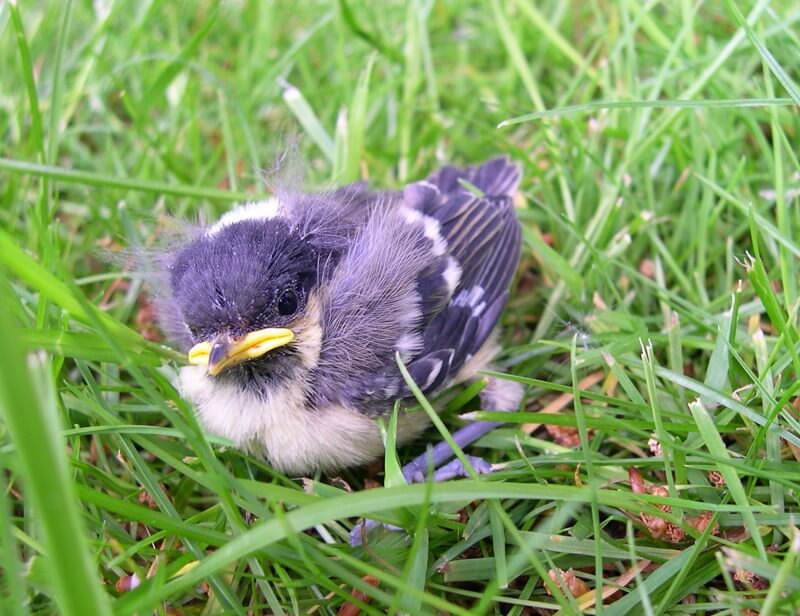
They’re often found on the ground near bushes or trees and will hop around, move awkwardly, and become very still if approached. They probably think we can’t see them if they’re not moving—kind of like how human toddlers think they’re hidden if they cover their eyes. 🙂
Fledglings can find their own food, but their parents will help them if they’re having trouble. An important thing to keep in mind is that you should never try to give baby birds food or water—it could end up in their lungs!
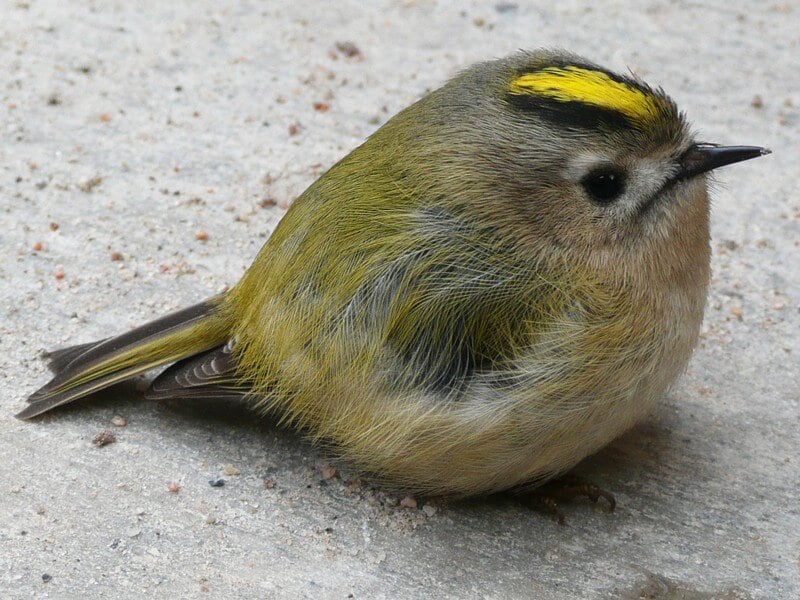
IMPORTANT: Fledgling birds are often “rescued” when they don’t need to be. But sometimes birds found on the ground DO need our help!
If you find a fledgling, go through this checklist with a parent or guardian before making your next move:
- Does the baby bird have bloody wounds, wet feathers, problems with walking, drooping wings, or feathers that are extremely ruffled?
- Is the bird lying on his or her side or back or scooting along the ground on his or her belly?
- Is the bird’s body or head tilting to one side?
- Is there blood around the fledgling’s nostrils?
- Is he or she cold to the touch and/or noticeably shivering?
- Is the bird in the wide open, nowhere near trees or bushes?
- Are there other animals, such as dogs or cats, creeping around the baby bird?
If the answer to all these questions is no, the fledging should be left alone.
If the answer to any of the above questions is yes or if the bird is a nestling (a baby bird who is too young to leave the nest), your help IS needed! You can tell that a baby bird is a nestling if he or she has no feathers or just a little fuzz.
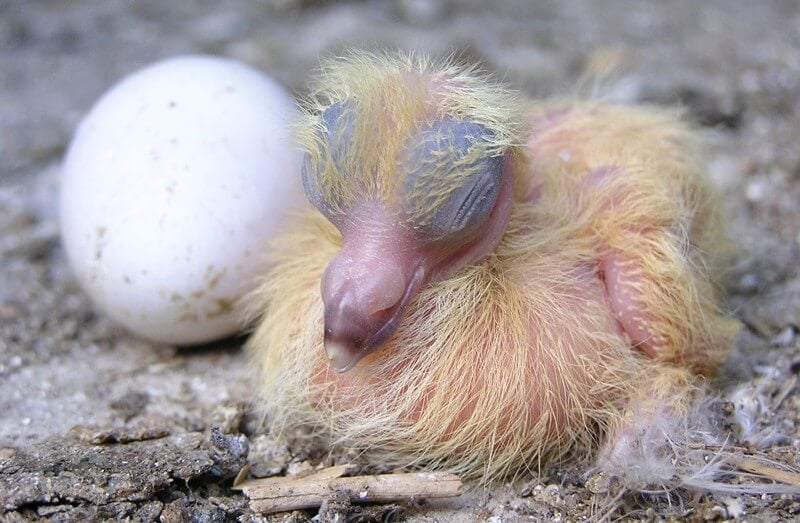
What should you do?
- Stay with the bird and have your parents take a photo of him or her if they can.
- Ask your parents to call your local animal-control agency or wildlife-rehabilitation center, and if instructed, transport the animal for care immediately.
- Not sure how to reach either of the above? Ask your parents to contact PETA right away at 757-622-7382 and follow the instructions to report an animal emergency. We can help!




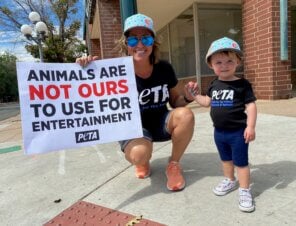
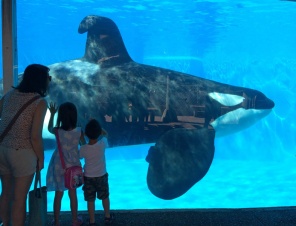

Under 13? Ask your parents bee-fore you continue!